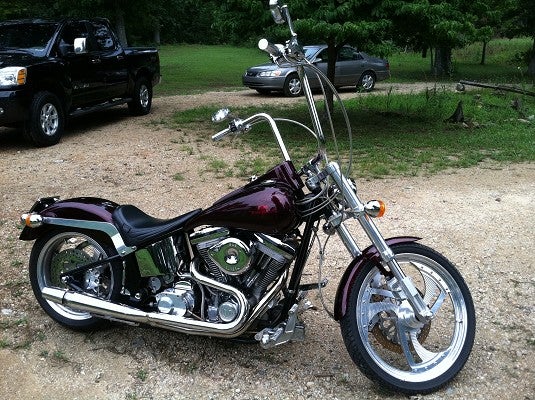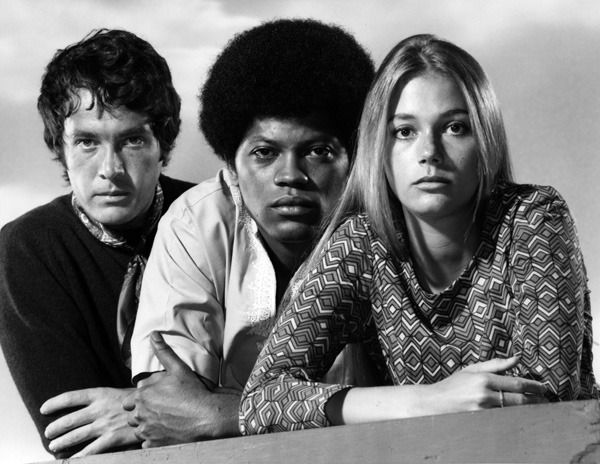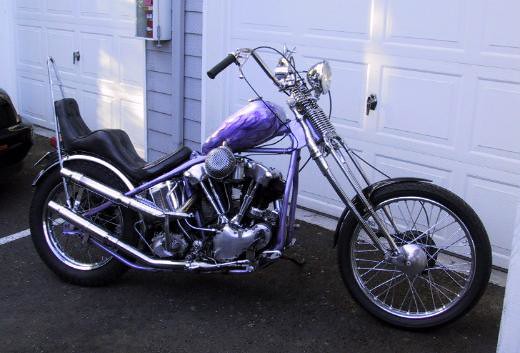

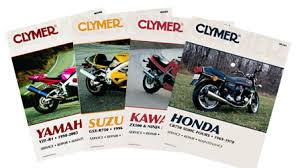

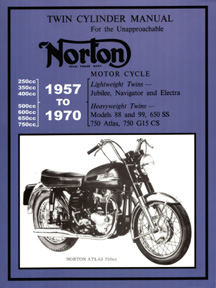
The man, the myth, the manual. Floyd Clymer dies in Los Angeles at 74.
Born in Indianapolis, Indiana, Floyd Clymer was a pioneer in the sport of motorcycling, as a racer, a motorcycle dealer and a distributor. Unable to sit still, he was also a magazine publisher, a racing promoter, an author, and a motorcycle manufacturer.
In 1904, at the age of 10, Floyd was selling new Reos, Maxwells and Cadillacs in his hometown of Berthoud, Colorado, to which his father, a physician, had moved the family after Floyd was born in Indianapolis.
Clymer and his younger brother, Elmer, made an unsuccessful reliability run from Denver, Colorado, to Spokane, Washington, in 1904 that ended with their Flanders 20 breaking down repeatedly on the open plains of Wyoming and eventually being hauled to Washington aboard a railroad flatcar. By then, however, Clymer had discovered motorcycles and he knew immediately he was hooked.
By 1916 he had become a member of the Harley-Davidson factory team. He set a world 100-mile record that same year, in addition to a Pikes Peak record, but was eventually forced out of competitive motorcycle riding by a back injury. Undaunted, he turned to promoting AMA motorcycle races in the Midwest and elsewhere.
In the mid-1940's, Clymer, perhaps unknowingly, created a new genre of journalism. He put together a selection of photos, text, statistics, and articles on old cars first published when they were new into a single, thematically chaotic volume called Floyd Clymer's Historical Motor Scrapbook. In the early Forties, magazines covering automotive history were virtually nonexistent in the United States, unless someone stumbled onto one of the great British publications such as The Motor or Autocar. His widely distributed opening volume created a sensation, earning Clymer a glowing 1944 book review in Time and written testimonials from luminaries including California governor Earl Warren, Charles W. Nash and Orville Wright.
Now seventy years later, whether you need a printed hand with your Indian, Harley, Norton, Triumph, BSA, Suzuki, Honda or any other Japanese, British, American or European motorcycle there's a Clymer manual for it. Oh, if you need help with your outboard motor, ATV, generator, chainsaw, etc. there's a Clymer's. Or if you just want to ogle at the Clymer Girl (there really is one).
Floyd Clymer was inducted into the AMA Motorcycle Hall of Fame in 1998.





